Next Time You Travel - Try Foodseeing
Discover Cacao’s Journey From its Origins To The Morsels We Eat
Summer is here. Holiday mood activated. Plans for summer travel done. Suitcases packed. We are ready for adventure, ready to leave our homes and spend time discovering other countries. We are not the type of tourists just visiting “must see” attractions, we are travelers; we explore local cultures, learn about their past and present. We do not eat at global fast food chains; instead we immerse ourselves in local ways and food. So we drink espresso and enjoy delicious tomatoes found in the traditional Caprese salad in Italy, we eat Foie Gras in France, enjoy premium chocolate in Belgium, apple pie in the USA, in the UK we eat Scotch Eggs and sip afternoon tea, but do we know where this food originated?
Coffee is from Ethiopia, tomatoes and cacao from South America, Foie gras was prepared already by old Egyptians, Scotch Eggs’ origins can be traced back to India and North Africa. Tea traveled from China in different ways: if it reached its destination via land it was called Chai, and if it arrived by the sea, it was called Tea. Before we, humans, started to travel for leisure, food was moving around the globe through the ancient global systems of exchange like the trade routes of the great Silk Road or through the violent process of colonization.
As with most foods, cacao’s journey is wrapped in mystery and legends of sacred rituals and cruel warpaths, of elites and common people, of pirates and witches, smugglers and queens and money growing trees.
When you read about cacao history, you start with the story of the ancient cultures like the Mayo-Chinchipe who lived in the upper Amazon region, today’s Ecuador near the border with Peru, who used to drink cacao as far back as 5,450 years ago. The story continues with cacao’s journey northward through an ancient economic trade network extending between the Amazon and the Pacific; entering into orchards of Colombia and Panama, eventually reaching Central America where it would later be revered by the civilizations of the Olmecs, Maya, and Aztecs who kept cacao in the very center of their social, economic and spiritual life.
Mesoamerican people evolved and refined the chocolate culture. For them cacao was more than just a food, it was a sacred item given to them by the gods. Maya believed that everyone should drink cacao, but Aztecs did not grow their own cacao and had to trade for it, so only the elite could afford it. Cacao was even used as a currency, but within all Mesoamerican cultures cacao was a powerful source of nutrition and energy as well as a symbol of religious significance and an important part of spiritual ceremonies. The Aztec culture was notorious for their rituals that involved human sacrifice and they used cacao pods to ritualistically symbolize the human heart.
The arrival of the Spanish conquistadors in the 16th century changed the course of history. Aztec ruler Montezuma introduced Spanish conquistador Hernan Cortes to a “xocoatl” drink. Cortes was not as impressed by cacao’s taste as he was with the value of cacao as a mean of payment, so he established a cacao plantation where "money" was cultivated.
Nevertheless, chocolate reached Europe but it was not immediately liked by Europeans. Only after sugar was added, chocolate became wildly popular, thus it quickly became necessary to increase the supply of cacao to Europe. As a consequence, cacao, once a sacred plant, was turned into a cash crop commodity.
In order to meet the increased demand for cacao, Spanish people spread its production to the Caribbean and the northern coast of South America. Other European countries started to look for ways to get a piece of the "treasures of the new world.” Smuggling and piracy by the Dutch, French and English were regular activities and a common way of bringing cacao and other New World goods to Europe.
Reading historical accounts describing this period, one cannot help but think of the movie “Pirates of the Caribbean.” The Dutch used Curaçao as a base for smuggling Venezuelan cacao to Amsterdam, so cacao was cheaper in Amsterdam than in Madrid. Consequently, Amsterdam became the world trade-center for cacao, a status it holds until present days. The Dutch eventually established the colony with settlers from Curaçao and Surinam in Manhattan by initiating a trading route between New York and the West Indies through which cacao traveled regularly. The French also smuggled Venezuelan cacao, using the islands of Martinique and Guadeloupe as base harbors.
The first British folk to encounter cacao were the English pirates but they did not realize its value and consequently chocolate became popular in England significantly later than in the rest of Western Europe. Eventually, England claimed Jamaica, which became England’s main supplier of cacao and made chocolate accessible to a wider population. It was William Hughes, a pirate who was luckily also a botanist, who brought to England the recipe for hot chocolate that he named “The American Nectar” in his book “The American Physitian” published in 1670. However, some believe it was Sir Hans Sloane who brought the recipe to England after tasting the cacao drink in Jamaica during his stay in the 1680’s, which he did not like at all. Being an Englishman, he added milk to make it more drinkable. Later on Cadburys will, allegedly, use his recipe in their chocolate production.
As Spain continued its colonial expansion, cacao began its global journey. It is believed that the first cacao seeds that left their American homeland were of the noble Criollo variety. The seeds left the port of Acapulco and arrived to the Philippines, where in 1670 a certain helmsman Pedro Bravo do los Camerinos decides to quit his seamen career and spend the rest of his life planting cacao trees. From the Philippines cacao continued moving westward to Indonesia and across Oceania.
By spreading their colonial power, the Portuguese, English, Dutch, French as well as the Belgians introduced cacao plantations to other regions of the world. It is not always clear who brought cacao to the countries in this region since colonizers won and lost territories frequently, but it is believed that the Dutch brought cacao to Ceylon (today Sri Lanka). However, it was the British who started cacao plantations after they took control of Ceylon in 1795. The Dutch are held responsible for getting cacao to Indonesia as well, although some believe the Spanish did it first.
The French introduced cacao to Vietnam when it became part of their colony of French Indochina in order to have a source of cacao in Asia. The French are also credited with introducing cacao to Madagascar, the British to Fiji … you get the picture.
Cacao initially traveled to Africa from Espirito Santo in Brazil with the Portuguese sailors who transferred cacao trees to Africa once their king realized his colonial power in Brazil was reaching its downfall. Cacao first landed to the Príncipe Island from where it spread to Sao Tome, and eventually was smuggled to Ghana by a certain blacksmith Tetteh Quarshie who was an apprentice of the Basel Missionaries, a group of German Christians who taught industrial trades throughout Africa.
The French started cacao plantations in the Ivory Coast, and the Belgians found a large quantity of cacao beans when they colonized the Congo, which turned Belgium into the number one trader in cocoa and chocolate at the time. Cacao reached Uganda with the British colonizers who brought mixed varieties from the Royal Gardens in England that were originally sourced from Trinidad.
Today cacao is commercially grown in more than 50 countries in tropical zones around the Equator, with West Africa producing approximately two-thirds of the world's cacao beans. Europe is still the world's largest chocolate producer and exporter. That is quite a lot of travel miles and points earned by cacao beans.
While European colonizer brutally conquered the world, planting the cacao seeds along the way, chocolate won the hearts of Europeans: first the nobility, then the commoners when its production was facilitated by the industrial revolution. Oblivious to the origin and the ways it reached their sweet tooth, Europeans enjoyed their chocolate.
Skillful European chocolate-makers and artisan chocolatiers developed elaborative recipes and procedures of transforming cacao into a vast variety of different chocolate treats, enrobing their creativity with chocolate and immersing their own identity into chocolate. The notion of the cacao origin slowly faded and we started focusing more on the origin of the chocolate than on the origin of the cacao, so we enjoy Belgian pralines, French hot chocolate, Italian gianduja, American craft chocolate, etc.
However, the seeds that colonizers planted around the world still keep the story of their origin in their DNA and we can trace back where they came from, who they mingled with, how they traveled the world and how, once they reached one destination, they found a way to win the hearts of the local people, slipping into family cookbooks and becoming a part of our lives.
So next time you visit a new country, don't only go on sightseeing tours of local landmarks, but start “food-seeing” tours as well. Talk to your hosts about their food, where it originated, how different ingredients met and merged into their plates. Fill your plate with food with identity, and enjoy traveling through the most delicious history.
If you are interested to know more about history of the cacao journey around the world, there are several good sources I used in writing this article:
https://www.c-spot.com/atlas/historical-timeline/
https://chocolateclass.wordpress.com/
https://blog.britishmuseum.org/the-18th-century-chocolate-champions/
https://bartalks.net/who-introduced-cacao-to-asia/
Books
“The True History of Chocolate” by Coe, Sophie D., and Michael D. Coe




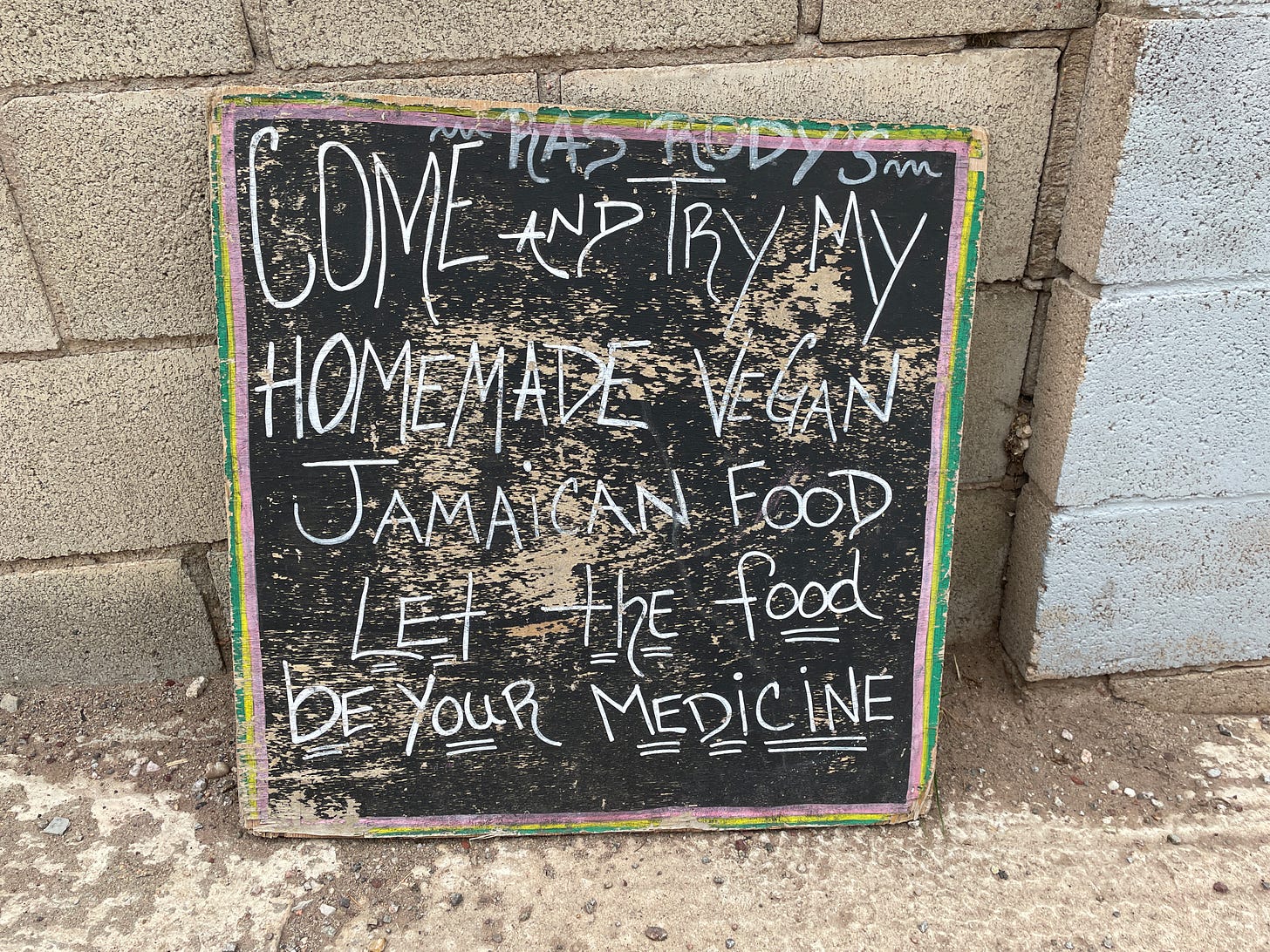
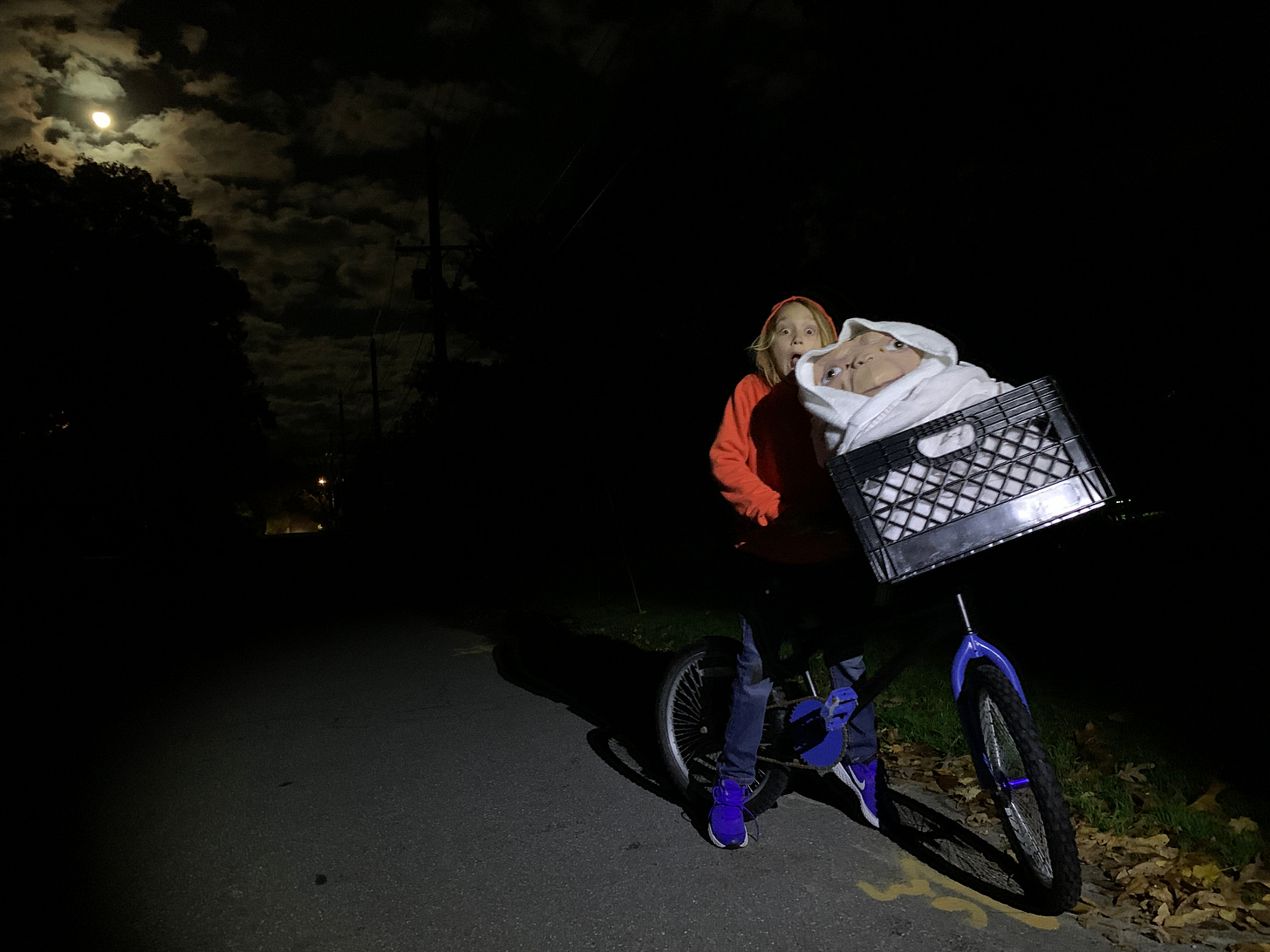


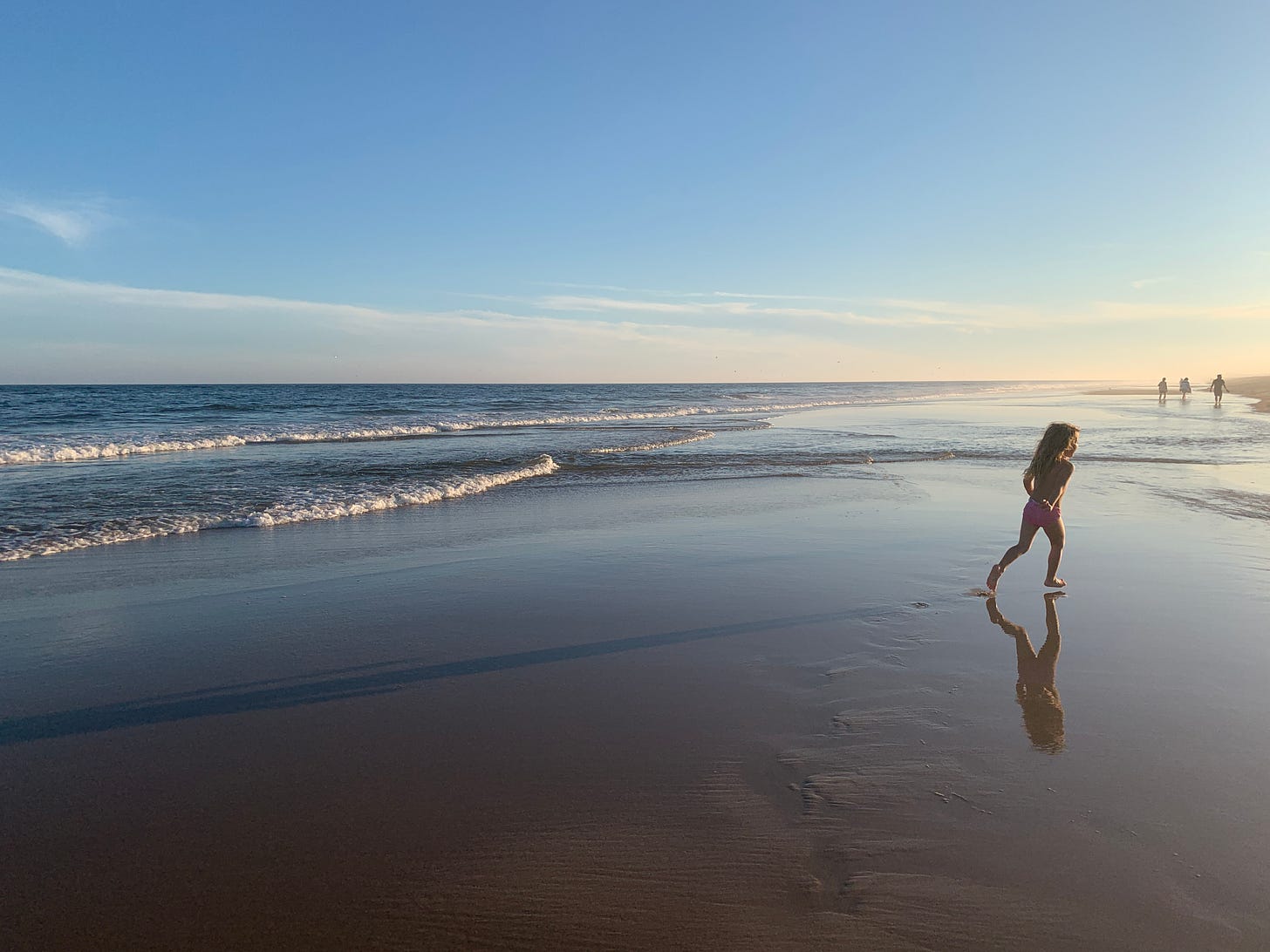
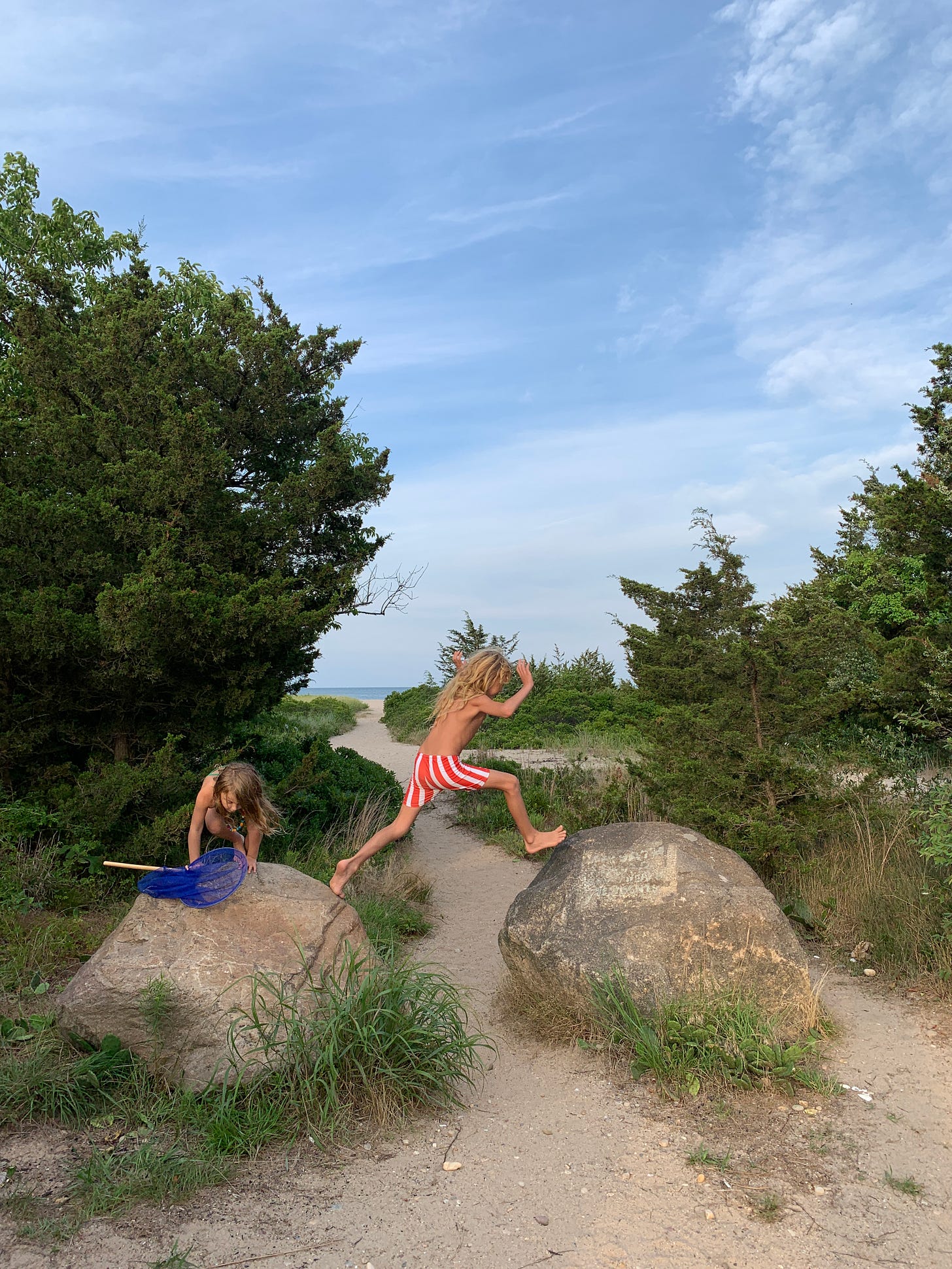
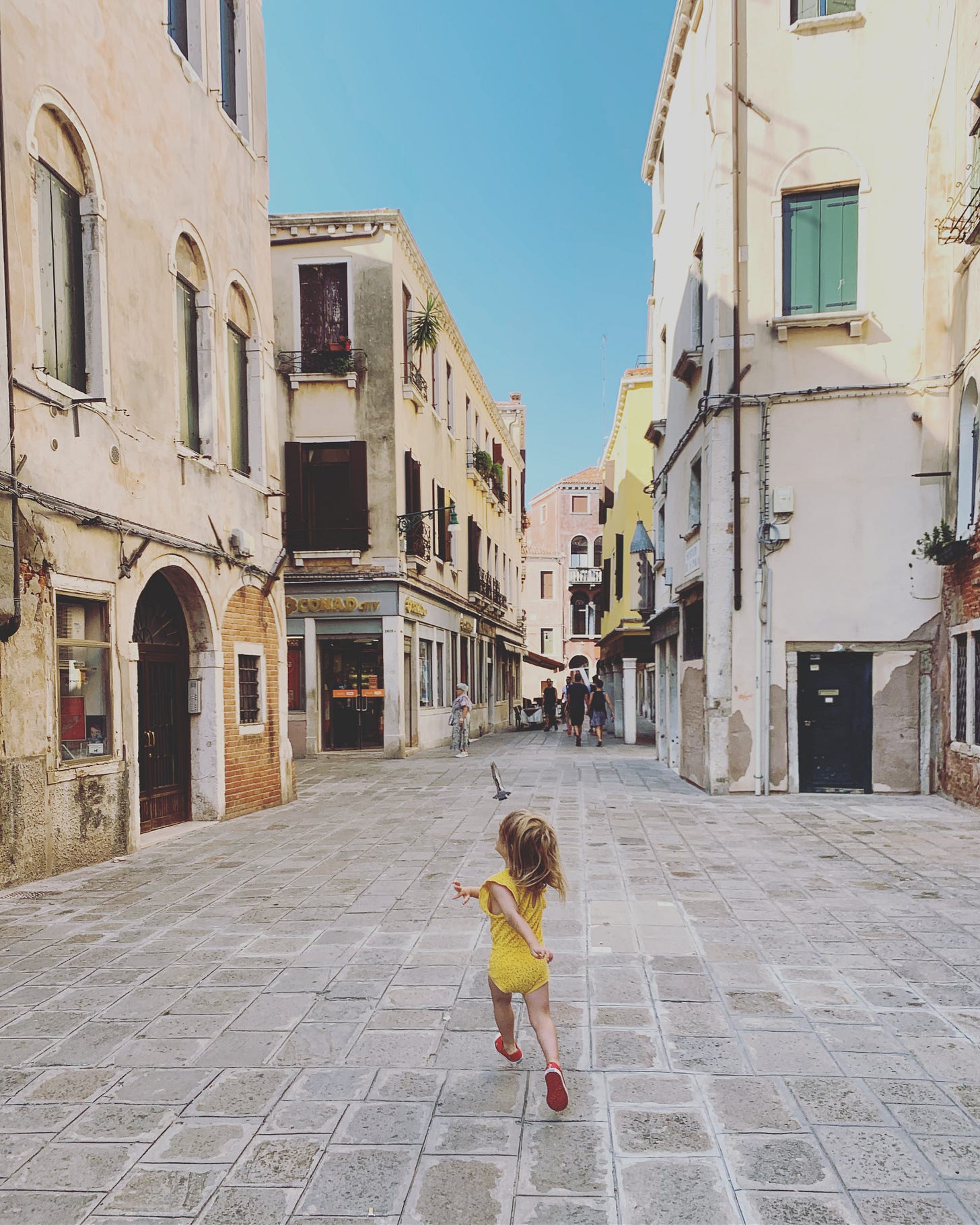
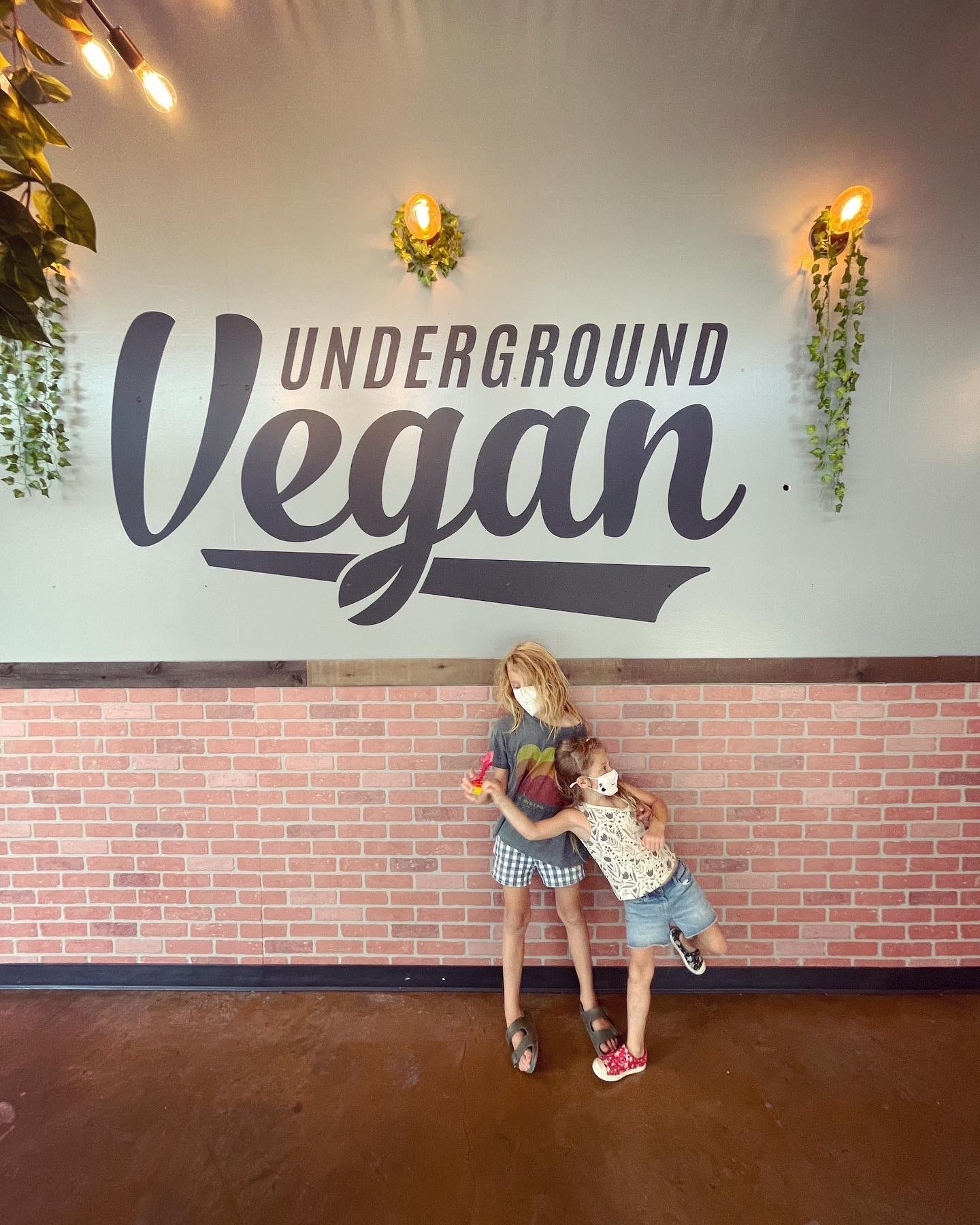
Sanja- I love this detailed narration of the journey to chocolate and its origins. Especially: “However, the seeds that colonizers planted around the world still keep the story of their origin in their DNA and we can trace back where they came from, who they mingled with, how they traveled the world and how, once they reached one destination, they found a way to win the hearts of the local people, slipping into family cookbooks and becoming a part of our lives.” I wish they described this in history classes back in school—I would’ve been so much more interested! 🙏